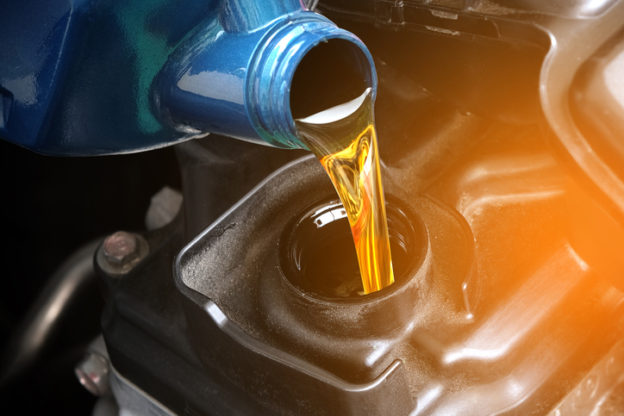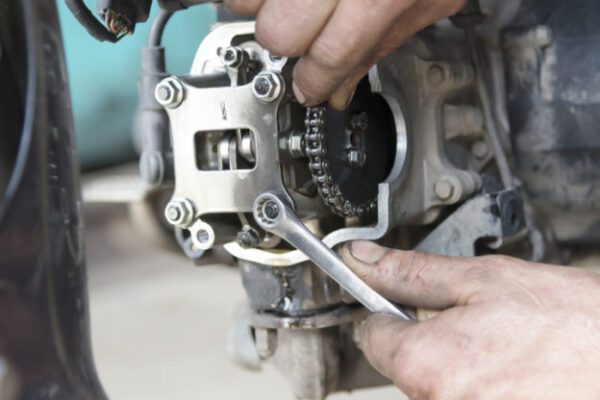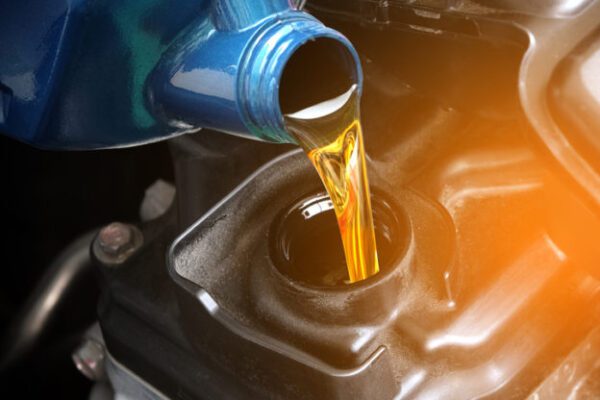Blog
Rollover Protection Structures Safety | Country Sales and Service
Tractor Safety – Rollover Protective Structures Safety
Most tractor rollover accidents result in half of the tractor-related fatalities around the country. However, a rollover protective structure (ROPS) fits most tractors and can help protect you if you overturn your tractor.
The tractor’s ROPS and seat belt work together to help secure you in the tractor and keep you in a protective zone. This helps reduce the risk of you being crushed under the tractor. Also, in many situations, the ROPS lowers the risk of an overturn by more than 90 degrees.
Types and Structures of ROPS
When talking about ROPS, there are three different types. All of these types help protect you in the case you overturn your tractor.
These are the three different types of ROPS that could protect you in the case of a rollover:
- Two-post ROPS
- Four-post ROPS
- ROPS with enclosed cabs
Two-Post ROPS
The two-post ROPS tractor is the most common. Two upright posts are either slightly tilted or vertical and are found mounted to the rear axle. These posts can be rigid or foldable.
Typically, a foldable ROPS has a hinge that lets the ROPS fold to fit in low-clearance areas. Also, you will have to raise and lock these foldable ROPS after you have completed your activity for the day. If the foldable ROPS is not in the correct upright position, this will not give you the protection you need in the event of a rollover.
Four-Post ROPS
The four-post ROPS is found mounted on both axles as well as the front of the frame. Sometimes, a four-post ROPS is found to have the posts mounted to the top and reinforced on flattop rear fenders.
ROPS with an Enclosed Cab
Often, a tractor with ROPS with an enclosed cab made by the manufacturer is designed to be the ROPS. The sales of tractors with cabs have increased, and ROPSs with enclosed cabs have become more common for buyers.
ROPS Overview
ROPS are an important form of equipment to have on your tractor. The risk of overturning your tractor can occur at any time. If you have a ROPS installed on your tractor, this can very well save your life in the event of a rollover. Below is an overview of ROPS for agricultural tractors.
- ROPS are found attached to the tractor’s frame. The ROPS can be either a two-post fixed or foldable, four-post, or enclosed cab. ROPS will typically limit a rollover to 90 degrees and provide a safety zone for the operator if they wear their seatbelt.
- Kubota has made the ROPS a standard in newer tractors since 1985. The ROPS is available for all older tractor models. If you own an older tractor, you can contact your tractor dealer to install ROPS and ensure your tractor has the necessary safety equipment.
- A fixed ROPS could cause low-clearance areas or overhead obstructions such as low tree branches or low hanging roofs. In this case, you may need to remove the ROPS. However, if you remove the ROPS, you should re-install it as soon as you are away from the low clearance.
- All foldable ROPS should be folded down when necessary and should be put back up and locked again after a low clearance has passed.
- Lastly, seat belts are an important part of any ROPS. Every operator should use their seat belt when operating a tractor.
Most tractor rollover accidents are caused by not paying attention, lack of proper ballast, inappropriate speed, or combining all of these. Using ROPS and a seat belt can and has saved many lives.




